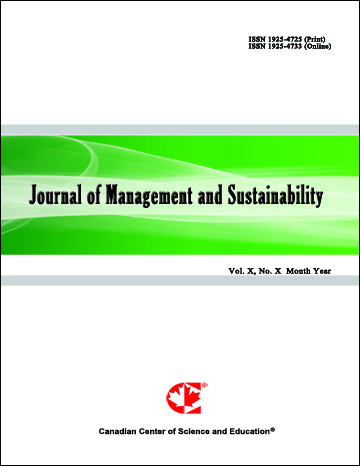Eco-Cities in China: Ecological Urban Reality or Political Nightmare?
- Silvio Ghiglione
- Martin Larbi
Abstract
The dual challenges and complexities of global climate change and rapid urbanization have prompted international engagement in the promotion of sustainable cities around the world. In recent years, China has shined on the international stage thanks to its commitment to ecological sustainability and the strategies it has deployed to ensure that this commitment would not only remain ink on a chapter of its latest (12th) Five Year Plan. Besides its insistence on subsidizing the national production of solar panels, China is particularly commended for its work on eco-cities. The Beijing Urban Planning Museum explains that eco-cities are a way for China to further its urban development whilst creating more ecological opportunities for its population, and helping out the country with its commitment to cleaning and restoring its environment and diminishing its global environmental footprint. Despite this, the eco-city in China still remains at an experimental stage, and displays weaknesses that may leave an observer doubtful of the future of urban ecology in China. In an attempt to contribute to the limited literature on Chinese eco-cities, this research investigates three eco-urban megastructures—Tianjin Eco-city, Dongtan Eco-city, and Qingdao Eco-park—and compares them in their successes and observable limitations in urban ecology. The study finds that although China’s effort at promoting ecological urban development is commendable, there are major challenges that threaten the success of these projects which can be attributed to the particular relationship between China’s political and bureaucratic systems and the practice of urban ecology.
- Full Text:
 PDF
PDF
- DOI:10.5539/jms.v5n1p101
Journal Metrics
Google-based Impact Factor (2021): 1.54
h-index (July 2022): 37
i10-index (July 2022): 147
h5-index (2017-2021): 12
h5-median (2017-2021): 19
Index
- Academic Journals Database
- ANVUR (Italian National Agency for the Evaluation of Universities and Research Institutes)
- CAB Abstracts
- CNKI Scholar
- EconBiz
- Excellence in Research for Australia (ERA)
- GETIT@YALE (Yale University Library)
- Harvard Library
- HeinOnline
- Infotrieve
- JournalTOCs
- LOCKSS
- MIAR
- PKP Open Archives Harvester
- RePEc
- Scilit
- SHERPA/RoMEO
- Stanford Libraries
- UCR Library
Contact
- Evelyn XiaoEditorial Assistant
- jms@ccsenet.org
